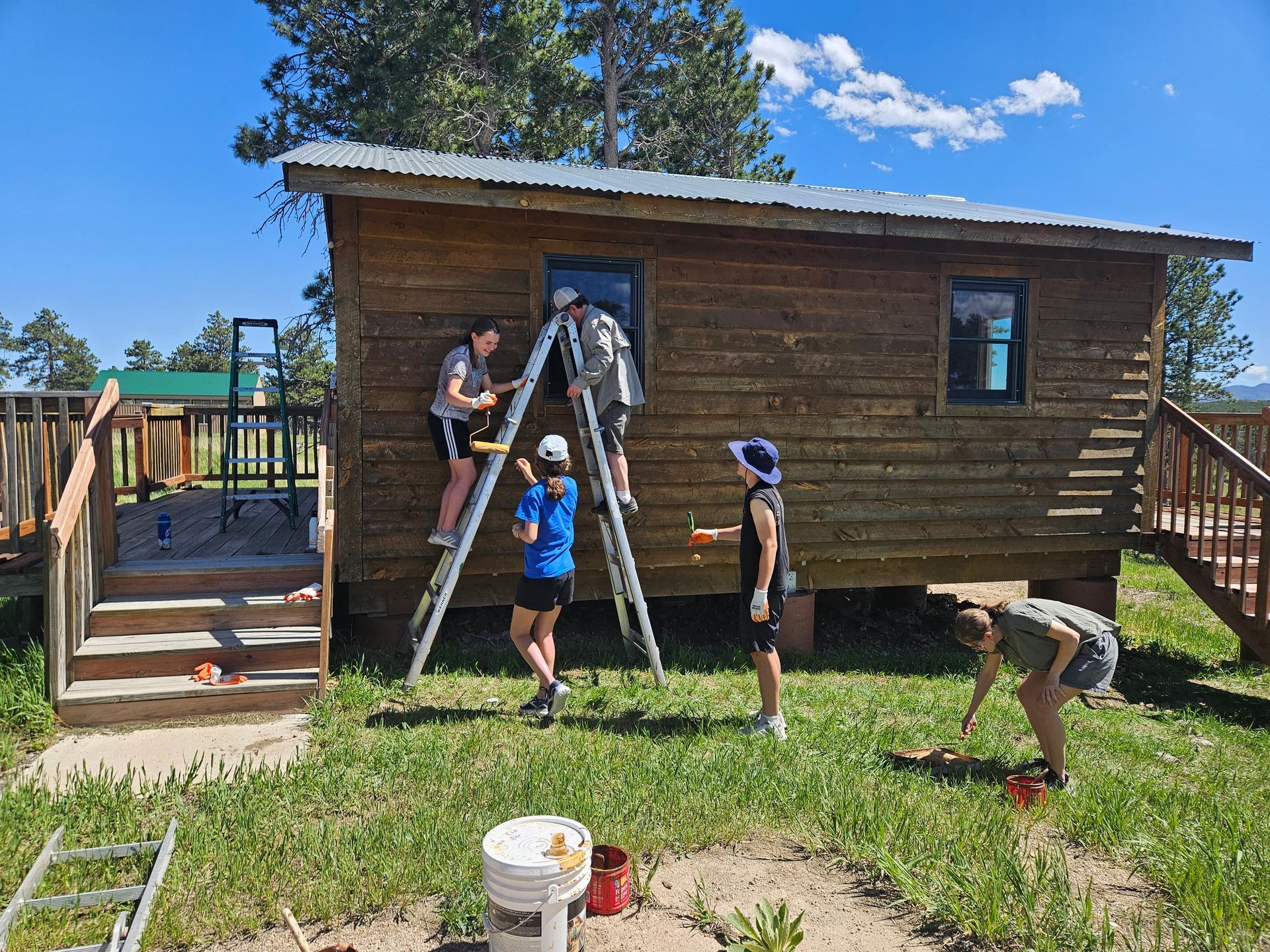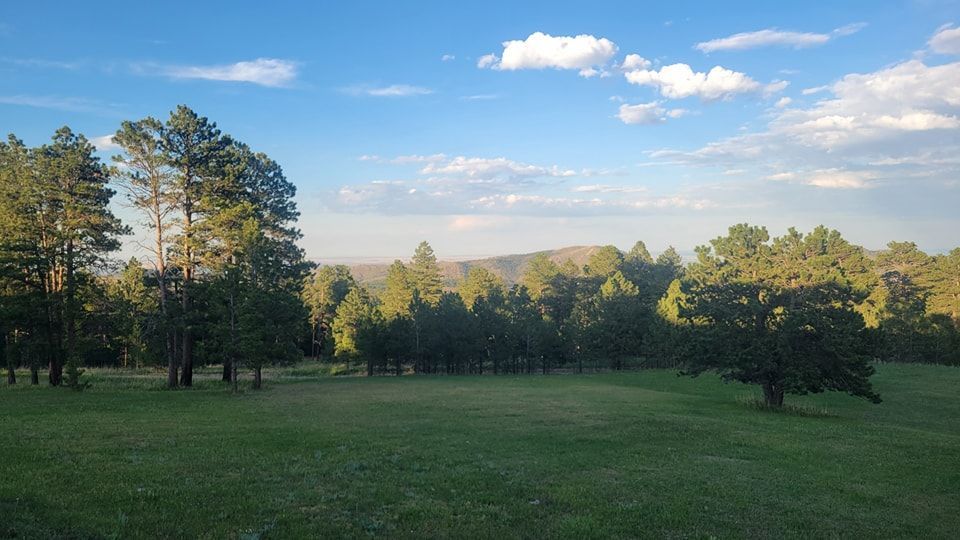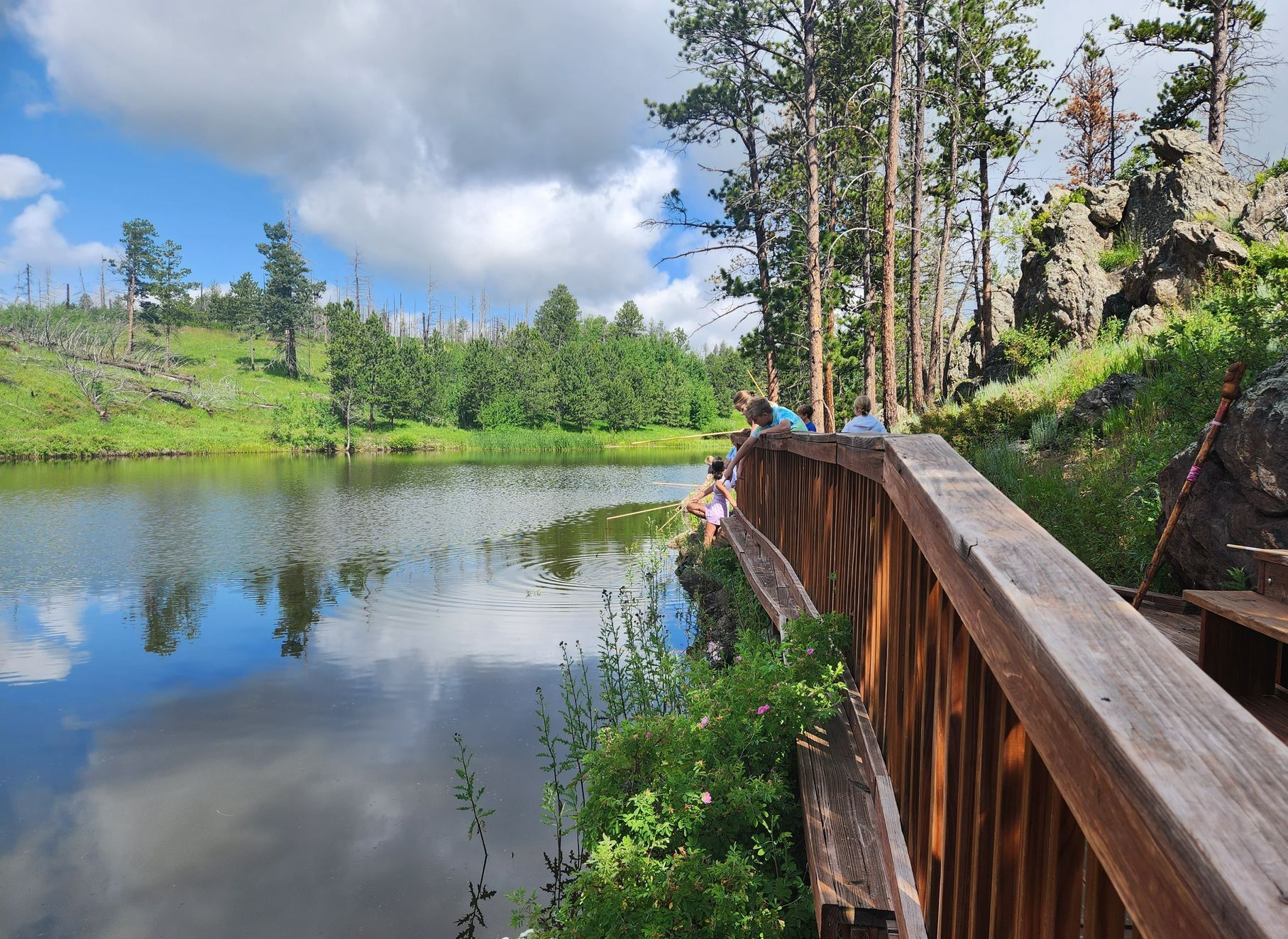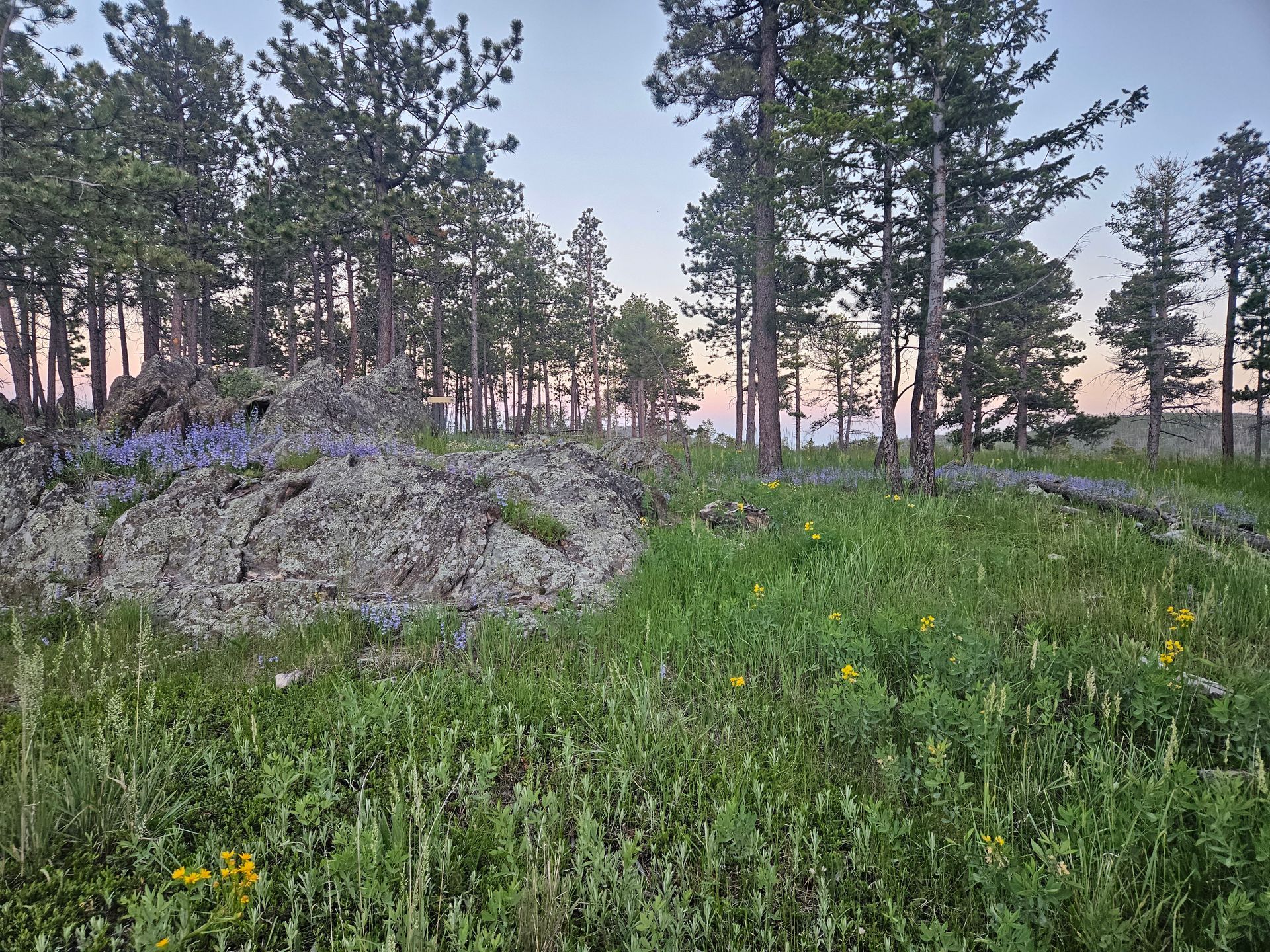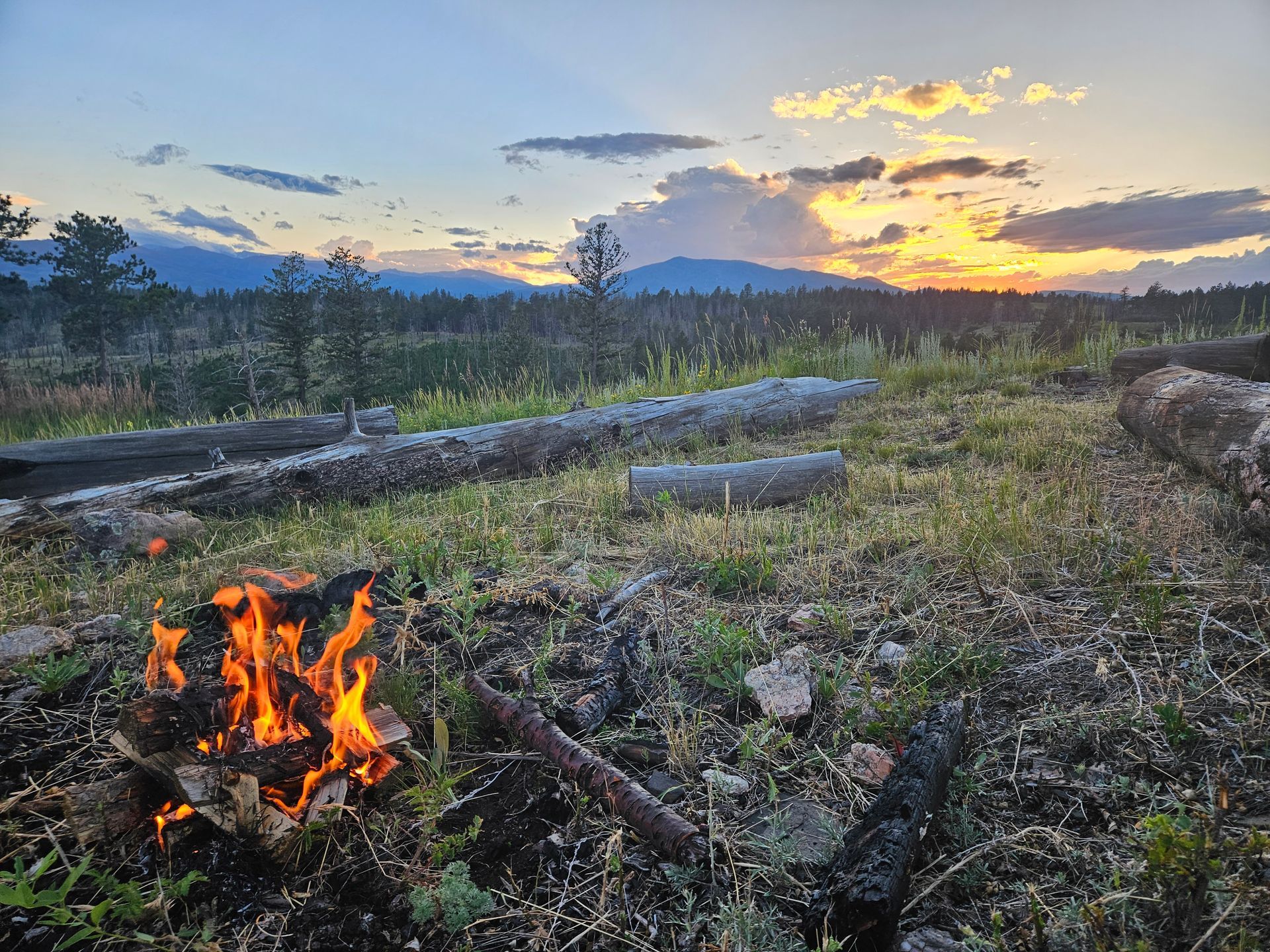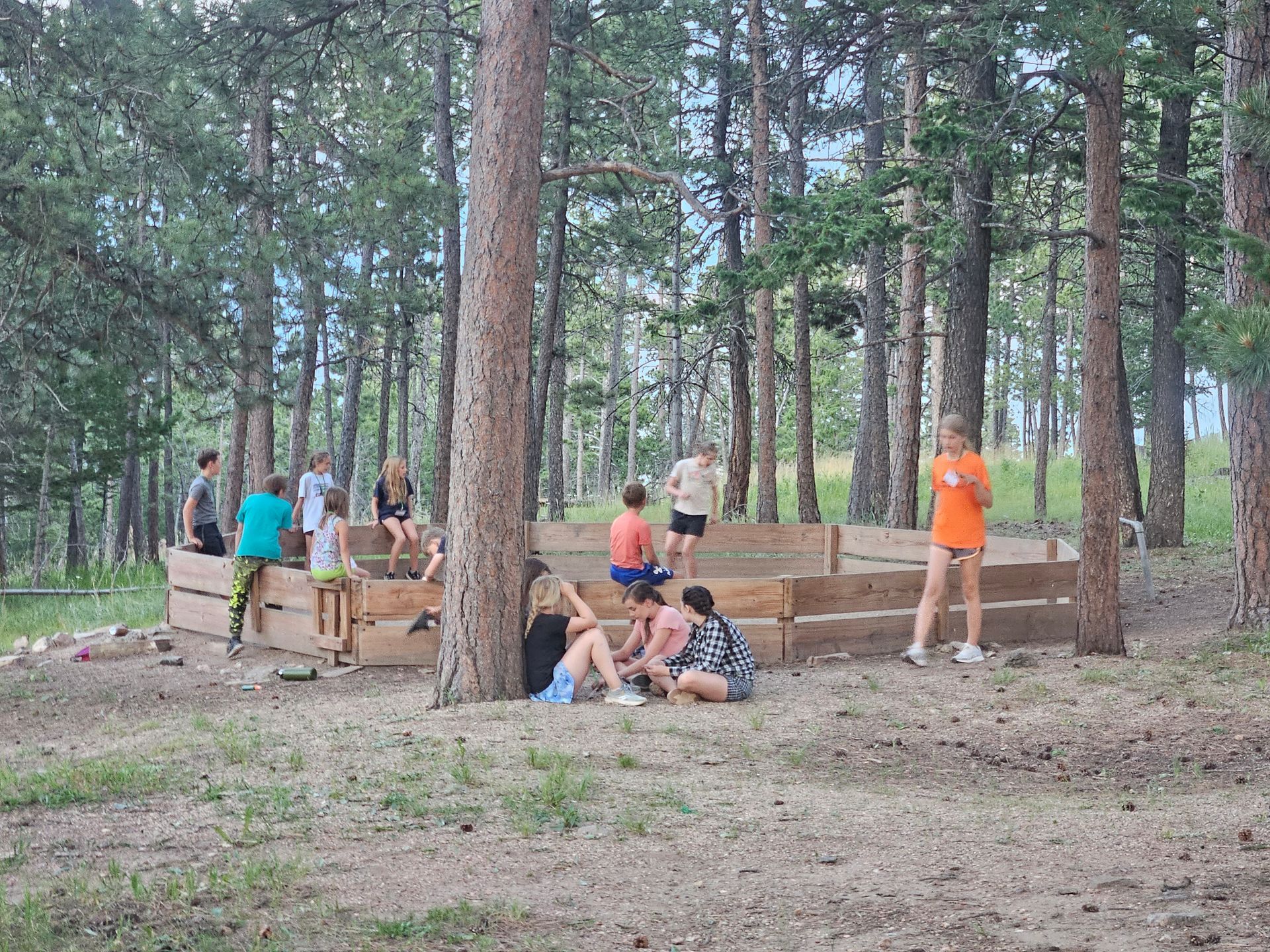How to Pick the Right Retreat Center for Your Group
Choosing the perfect retreat center for your group is an essential step in creating a meaningful and impactful experience. The right setting can inspire reflection, foster connection, and leave participants feeling rejuvenated. But with so many factors to consider, where should you begin? From location to amenities to the overall atmosphere, this guide will walk you through the key elements to evaluate when selecting a retreat center that aligns with your group’s goals.
Understanding Your Group's Needs
The foundation of a successful retreat begins with understanding your group’s unique needs. Start by asking the following:
- What is the purpose of the retreat?
Whether your goal is team building, spiritual growth, skill development, or relaxation, having a clear purpose will guide your decision-making. - What activities are planned?
Do you envision workshops, outdoor adventures, or quiet reflection time? Each activity may require specific facilities or environments. - What are the group's priorities?
Engage your group in conversations to uncover their expectations and requirements. This could include dietary needs, accessibility concerns, or preferences for accommodations.
Taking the time to define these elements ensures you choose a retreat center that caters to your group’s vision.
Identifying Goals and Objectives
Clearly defining your retreat's objectives is a crucial step. Ask yourself:
- What do you hope participants will take away from this experience?
- How will this retreat benefit your group in the long term?
With these answers in mind, you can narrow down your options and focus on venues that support your goals. For instance, a retreat focused on relaxation might prioritize serene surroundings and wellness amenities, while a team-building retreat might require collaborative spaces and outdoor activities.
Assessing Group Size and Dynamics
The size and dynamics of your group can significantly influence your choice of retreat center. Here’s what to consider:
- Group Size: Does the retreat center have enough accommodations, meeting spaces, and dining facilities for your group?
- Dynamics: Smaller groups might thrive in intimate settings that encourage deeper connections, while larger groups may benefit from expansive venues with diverse activity options.
Understanding how your group interacts will help you select a retreat center that fosters a positive and inclusive atmosphere.
Key Factors to Consider
To ensure a successful retreat, focus on these essential factors:
- Group Size and Capacity
Choose a venue that comfortably accommodates your participants while offering flexibility for your planned activities. - Location and Accessibility
A retreat center that is easy to reach—whether through proximity to transport hubs or ample parking—helps minimize travel fatigue and boosts attendance. - Amenities and Facilities
Evaluate what the retreat center offers, such as meeting spaces, outdoor areas, dining services, and recreational activities. Consider any additional equipment, like AV tools or Wi-Fi, that might support your event. - Budget and Pricing
Ensure the center aligns with your financial plan. Look for transparent pricing and ask about package options or discounts for group bookings. - Atmosphere and Environment
The ambiance of a retreat center can set the tone for your event. Consider whether the setting—rustic, modern, serene, or vibrant—aligns with your group’s goals.
Location and Accessibility
Convenience is key when selecting a location. Think about:
- Proximity: Is the center located near major transportation routes or airports?
- Ease of Access: Are there options for those with mobility needs?
- Setting: A central location may encourage higher participation, while a remote setting can provide a sense of escape.
Balancing convenience with your desired atmosphere is essential for meeting your group’s needs.
Amenities and Facilities
The amenities offered by a retreat center can elevate your group’s experience. Look for features that match your retreat's purpose, such as:
- Comfortable accommodations to help participants recharge.
- Functional spaces, including meeting rooms, breakout areas, and dining facilities.
- Recreational opportunities, such as hiking trails, wellness centers, or team-building courses.
Having access to both structured and unstructured spaces fosters a balance of productivity and relaxation. Make sure the retreat center has the resources to support diverse activities and preferences, ensuring everyone feels included and engaged.
Final Thoughts
Selecting the right retreat center involves thoughtful planning and a deep understanding of your group’s needs. By focusing on factors like location, amenities, and your group’s unique goals, you can create an unforgettable experience that resonates with all participants. When the right environment is paired with intentional planning, your retreat can inspire connection, growth, and renewal.

